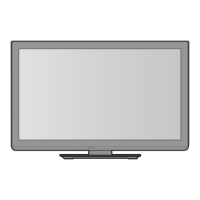
Do you have a question about the Panasonic TC-L32C3 and is the answer not in the manual?
General guidelines for servicing the equipment safely and correctly.
Procedure for checking leakage current with the AC cord unplugged.
Procedure for checking leakage current with the AC cord plugged in.
Techniques to prevent damage to sensitive electronic components from static electricity.
Information and precautions regarding the use of lead-free solder in manufacturing.
Provides hints and information for navigating service procedures and board identification.
Instructions for accessing the service mode using the main unit and remote control.
Details the adjustable parameters within the service mode, including preset values.
Procedure for exiting the service mode.
Accessing and using the SRV-TOOL diagnostic function.
Steps to access the SRV-TOOL function within the service mode.
Explanation of how to view the SOS history indicated by LED blinking.
How to display and understand the cumulative power on time and count.
Instructions for exiting the SRV-TOOL mode.
Procedure to enter and exit the self-check mode for diagnostics.
Steps to adjust settings within the hotel mode.
Explanation of the purpose and access method for hotel mode features.
Procedure to check the IIC bus lines using the self-check function.
Methods to access the IIC bus line check function.
Procedure for exiting the IIC bus line check.
Description of the screen display during the IIC bus line check.
Chart detailing power LED blinking patterns and their meanings.
Troubleshooting steps for when the unit does not power on.
Instructions for properly routing and securing the AC power cord.
Steps for installing the AC cord bracket and connecting the AC cord.
Instructions for assembling the control panel unit.
Steps for installing the speaker unit and its components.
Procedure for installing the LVDS harness and tape onto the LCD panel.
Precautions and methods for fixing and handling the LCD panel safely.
Instructions for assembling the LED panel and related brackets.
Steps for securing boards and components using screws and sponges.
Procedure for setting the clamper and inserting the inv-lead in the P PCB.
Instructions for fixing control panel, side AV, and speaker brackets.
Steps for removing the control panel, side AV bracket, P board, and A board.
Procedure for attaching the VESA metal to the back cover with screws.
Steps for fixing the back cover and inserting the adjustment window cover.
Instructions for removing screws from the back cover and adjustment window.
Steps for fixing the base plate to the pedestal cover and securing with screws.
Procedure for inserting the pedestal into the set cover and folding the polybag.
Instructions for assembling the stand, wrapping the bag, and securing screws.
Table listing voltage test points and specifications for the A-board.
Table listing voltage test points and specifications for the P-board.
Procedure for adjusting picture level using color bars and service mode.
Overview of the main functional blocks and connections within the TV.
Detailed block diagram showing power supply, inverter, and main board connections.
Detailed block diagram showing audio, MCU, and interface connections.
Instructions for inserting LVDS cable and applying tape for proper wire dressing.
Notes and symbols used in schematic diagrams, including resistance, capacitance, and test points.
First part of the A-Board schematic diagram, detailing various circuit sections.
Second part of the A-Board schematic diagram, focusing on SD-CARD and digital interfaces.
Third part of the A-Board schematic diagram, showing power supply circuits.
Fourth part of the A-Board schematic diagram, detailing AMP and AV switch circuits.
Fifth part of the A-Board schematic diagram, showing analog ASIC circuits.
Sixth part of the A-Board schematic diagram, detailing HDMI interfaces.
Seventh part of the A-Board schematic diagram, showing tuner and analog circuits.
Eighth part of the A-Board schematic diagram, related to hotel and terminal functions.
Ninth part of the A-Board schematic diagram, covering TCON and panel LCD circuits.
Tenth part of the A-Board schematic diagram, detailing LCD connectors and SOS.
Schematic diagram for the KA-Board, including remote receiver and sensors.
Schematic diagram for the P-Board, showing power supply circuits and high voltage warnings.
Top component side view and parts location map for the A-BOARD.
Bottom component side view and parts location map for the A-BOARD.
Component side views and parts location map for the KA-BOARD.
Top component side view and parts location map for the P-BOARD.
Bottom component side view and parts location map for the P-BOARD.
Instructions for accessing the exploded view and mechanical parts list.
Notes on abbreviations, part descriptions, and retention time limited parts.
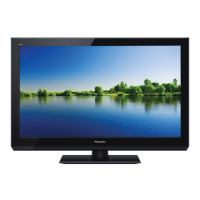
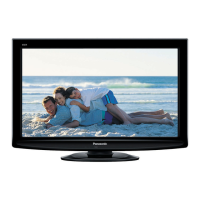
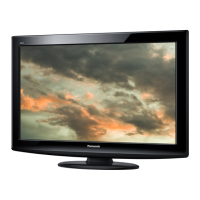
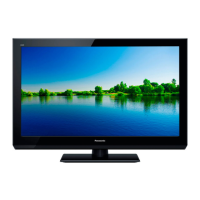
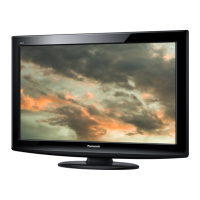
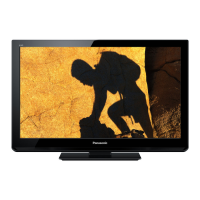
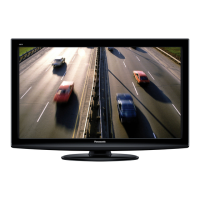
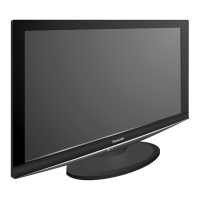
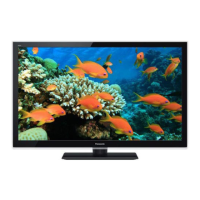
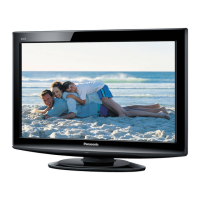
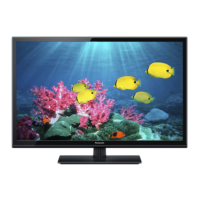
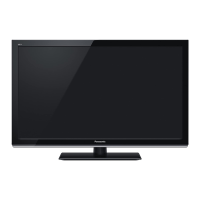
